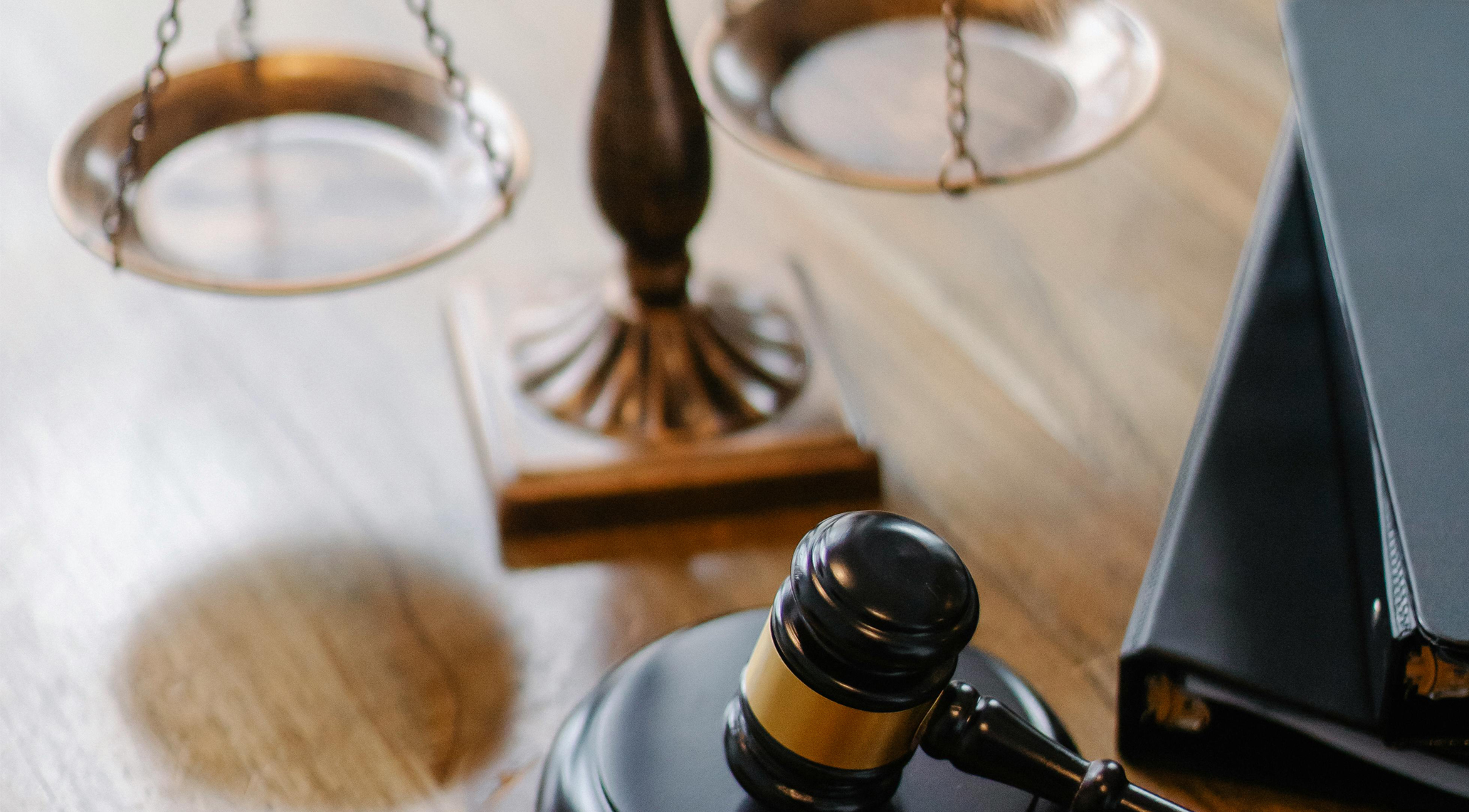Award-Winning Bankruptcy Attorney at Your Service
Blog

Can Chapter 13 Bankruptcy Help Save My Home from Foreclosure?
Introduction
Short answer: yes—Chapter 13 can stop a foreclosure in its tracks and give you a structured path to catch up on missed payments. The moment you file, the automatic stay kicks in and pauses the foreclosure process. From there, Chapter 13 lets you cure arrears over 3–5 years while you keep making your regular mortgage payments going forward.
This guide breaks down exactly how it works in Ohio, the timelines, and when Chapter 13 beats other options.
How Chapter 13 Stops Foreclosure (and Keeps It Stopped)
Automatic Stay = Immediate Pause. Filing triggers a court order that halts foreclosure, collection calls, wage garnishments, and lawsuits. If a sale date is set, filing before the sale pauses it.
“Cure and Maintain.” Chapter 13 allows you to:
Cure past‑due mortgage amounts (arrears, interest, late fees that are legally allowable) over 36–60 months in your repayment plan, and
Maintain your ongoing monthly mortgage payments on time.
Why lenders can’t just resume: As long as you (1) keep up with the ongoing mortgage and (2) make your plan payments to the trustee, the stay remains in place and the case moves toward confirmation. A lender can ask the court to lift the stay if you fall behind again—so the plan must be realistic.
Chapter 13 vs Chapter 7 for Saving a Home
If your goal is keeping the home, Chapter 13 is generally the stronger tool.
Step‑by‑Step: Using Chapter 13 to Save Your Home in Ohio
Talk to a bankruptcy attorney quickly. Ohio is a judicial foreclosure state—timing matters.
File before the sale. Filing even the day before a scheduled sale can stop it (earlier is better).
Propose a feasible plan (36–60 months). Include all mortgage arrears and trustee/admin costs; keep paying the regular mortgage each month.
Attend the 341 meeting and confirm your plan.
Make every payment on time. Both the plan payment and your normal mortgage payment must stay current.
Complete the plan. At the end, arrears are cured and the loan is brought current.
Powerful Tools Inside Chapter 13 (When They Apply)
Lien strip (junior mortgages): If a second mortgage is wholly unsecured by your home’s value, you may be able to strip it off and treat it like unsecured debt (court approval required).
Cramdown (NOT on your primary home): You can’t cram down a primary residence mortgage in Chapter 13, but you can sometimes cram down car loans or certain investment property loans.
Debt consolidation & breathing room: Credit cards, medical bills, and some personal loans roll into one payment—reducing pressure so you can stabilize housing.
Ohio Timing Essentials
File before the auction/sale to stop it via the automatic stay.
If you’ve had recent prior filings, the stay can be limited or not automatic—your lawyer may need to file a motion to extend/impose the stay fast.
After confirmation, missing payments can prompt the lender to seek relief from stay. Consistency is everything.
Decision Guide: Is Chapter 13 Right for You?
Choose Chapter 13 if you:
Are behind on your mortgage but have steady income to catch up over time
Want to protect home equity and avoid foreclosure
Need one structured payment to handle arrears + other debts
Prefer a 3–5 year path to bring the loan current and stabilize
Consider other routes if you:
Can very quickly reinstate in full (then Chapter 7 or no filing might work)
Don’t have enough income to fund a feasible plan (ask about alternatives or temporary loss‑mitigation options)
FAQs
Can I file the week of the sale?
Yes—if you file before the sale occurs, the automatic stay should stop it. Don’t wait until the last minute if you can avoid it.
Do I have to pay everything I’m behind on all at once?
No. Chapter 13 lets you spread arrears across 3–5 years while you keep paying the normal mortgage.
What if I miss a plan payment?
Your trustee or lender may move to dismiss the case or lift the stay. Call your attorney immediately—small issues caught early can often be fixed.
Can I include property taxes or HOA arrears?
Often yes—talk to your attorney about adding tax/HOA arrears to the plan so all housing‑related obligations are addressed.
Will bankruptcy ruin my credit?
It’s a hit, but foreclosure is often worse. Many clients begin rebuilding credit during the plan with on‑time payments.
Conclusion + Call to Action
If you’re facing foreclosure in Ohio, Chapter 13 is the most reliable way to stop the sale and catch up without losing your home—provided the plan is doable and payments are kept current. Timing is critical, and the plan must be drafted correctly.
Christopher Gallutia, Attorney at Law has over 36 years of bankruptcy experience helping Ohio homeowners protect their homes and their futures. Get clear answers fast.
📞 (614) 575‑1145 • Free consultation • Reynoldsburg, OH
Our Legal Service
Helpful Links
Contact Information
Business Hours
Mon - Fri: 8:00 AM - 5:00 PM
Sat - Sun: By appointment only
Appointment are also available after 5:00 PM Monday - Friday by appointment.
Areas We Serve
We proudly serve clients throughout Central Ohio and the greater Columbus area, including Reynoldsburg, Blacklick, Pickerington, Pataskala, Whitehall, Gahanna, Westerville, Brice, and beyond.
© 2025 All Rights Reserved | Christopher Gallutia Attorney at law

